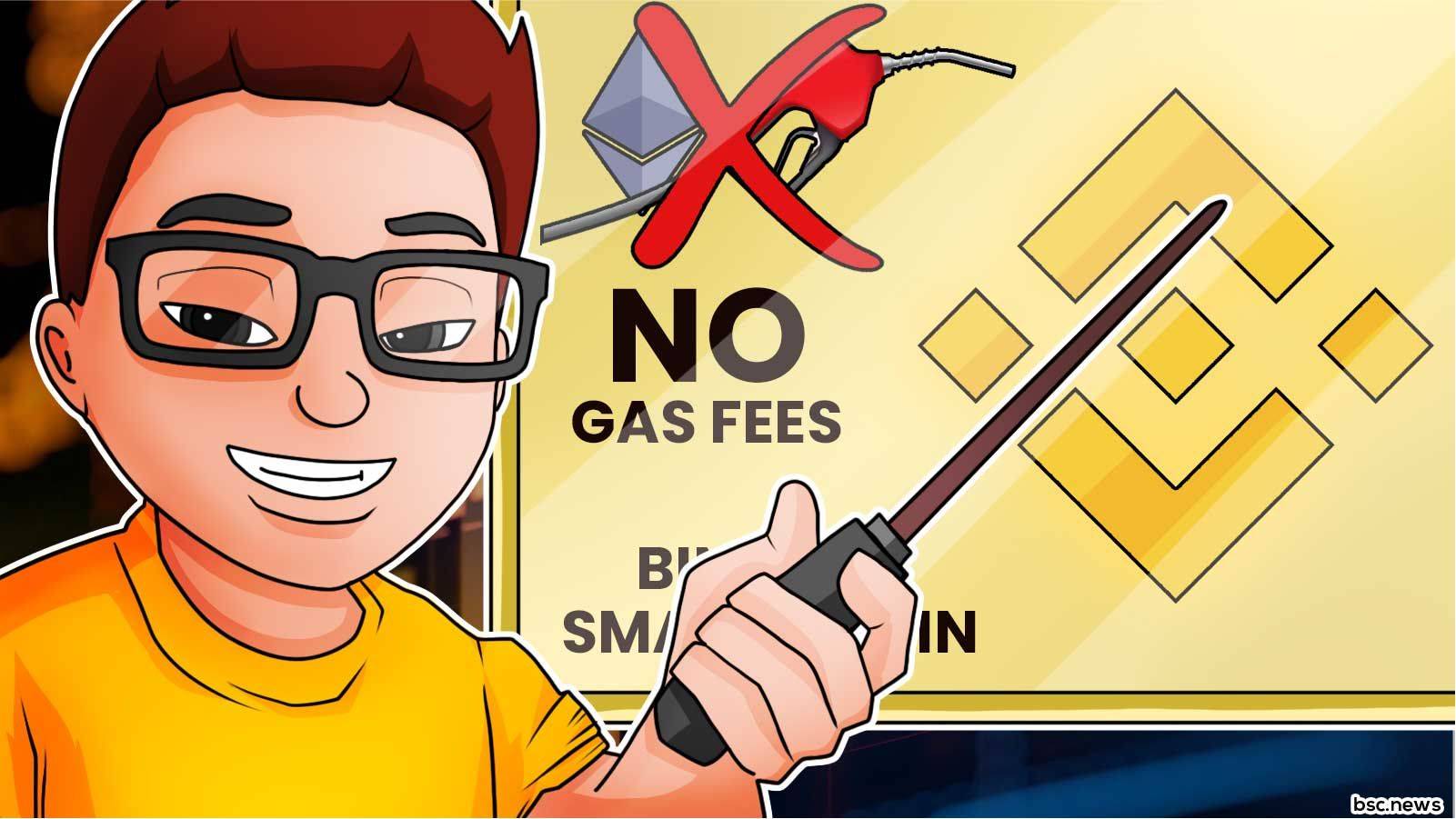WEB3
(Advertisement)
How Does Market Shorting Work

Shorting is profitable too but it can wreak havoc on an unknowledgeable trader’s account, causing a loss of funds in ways unimaginable.
BSCN
March 5, 2021
(Advertisement)
Table of Contents
Introduction to Market Shorting
The market provides an infinite amount of opportunity to make money. Shorting the market (Short selling) is one of many options to create a profitable trading experience. Short sellers go against the uptrend of the market by taking positions that profit when the market takes a downturn. Whether you like them or not, short-sellers are needed in the market. They act as the rational side of the market. Whether a declared bull or range market, the direction is not always a straightforward one. Short sellers bring that balance.
What is Shorting

Shorting involves the act of picking a position that speculates the market is going to correct. Shorting can be done using futures, margin, and derivative market types. This strategy is used by both technical and fundamental analysts. When a trader shorts futures, stocks, or tokens the goal is to profit in a declining market.
This market position is often misunderstood by the public, especially when announced by the trader. In the eyes of most excited and bullish traders, a short-seller is often seen as an opponent. Many only speculate on the uptrend of the market, against what trading is meant for, profit-making. However, some short-selling practices are manipulative. There have been some sharp rebuttals from buyers recently who believe that Shorting is an unethical tool meant to keep the price of a stock of a company down just for the sake of keeping it down. The recent case of Gamestop stock market storm, a video game store, is still fresh.
Short Squeezing and Gamestop
The frenzy started when Redditors in the “WalletStreetBets” subreddit groups decided to take a long position on a struggling gaming company stock that has been heavily shorted in the past. These long positions resulted in heavy losses incurred by wall street and hedge fund traders, raising the GME stock price to nearly 1000%. This is a classic example of a Short Squeeze. This refers to a quick rise in price that will generally force short sellers to get out of their sell positions or risk getting liquidated. This event called for concerns over short-sellers’ activities, whether such actions are an act of economic sabotage or simply market nature. The irrationality of the GME stock caused brokers like Robinhood to seize the trade of the assets. Overall, this is still a widely adopted aspect of markets and shorting is not going anywhere.
How Shorting Works
Typically, Shorting works with borrowed funds; however, the scope is beyond merely borrowing a fund and waiting for the price to reach an expected target. For example, a trader using technical analysis to take on a position might suspect a possible price decline in the future on his trade assets. If he decides to take out his money from the trade and simply hold in fiat or stable coins to buy back when the price falls, he has essentially taken on a Short position.

He may further decide to put down required collateral to borrow a specific amount of that asset which he immediately sells. In doing this, when the price drops to his target he can buyback and repay his loan. This is the process of shorting and many modern-day exchanges simply this to a one-step process for the trader.
Whether as a Margin, Futures, or an Options trader, short-sellers are grouped into the following categories.
Who are Short-Sellers
Hedgers: Not to be confused with the hedge fund, hedgers essentially pick sell position to hedge their risk. For example, a trader taking a long position in the forex market may take a short sell position as a hedge against a sudden market direction change. Similarly, when you take out a portion of your assets in stable assets, you are essentially hedging against loss in the future.

Hedge Fund: These guys act as the rational side of the market and would typically short markets that they consider overvalued. Their activities are needed to keep a balanced side to asset trading; without them, an asset may climb to unprecedented levels based on pure hype and hope.
DayTraders: Intraday traders can keep an eye on their positions for several periods of the day. They may take a selling position using shorter timeframes to hedge their long position or profit from existing volatility.
Significance of Short Selling
Without Short Sellers, an asset’s price can rise to infinite levels creating bubbles that could cause serious harm to the economy. The activity of short-selling keeps the irrational side of the bull market sane. For example, if you had taken a Bitcoin sell position for $56,000 (at the time of writing), you would have acted in a pure rational state and would significantly profit depending mainly on the leverage used. Short selling doesn’t happen without some level of risks involved; it doesn’t come all rosy and profitable.
Risks Involved

Shorting in a raging bull market with a more extended timeframe will spell doom to your trade accounts. You’re at the risk of significant losses when you trade in this type of market without a stop-loss in place. The risk involved in taking a short position is enormous. It is advised that only experienced traders with knowledge about technical analysis and risk management are to take on such position.
Position sizing, leverage, and proper risk management will significantly reduce Short-Selling risks. Other than this, stick to spot trading and use longer timeframes for entry and exit. Since an asset can indefinitely increase shorting an asset has no limited downside, meaning a trader can lose everything very quickly.
Concluding Thoughts
Newbie to trading? Stay off leverage markets for the time until you have mastered the art of trading using spot markets. Once comfortable you can trade the derivative markets on the spot market, which functions like a margin/future market. Binance and FTX exchange have leveraged tokens listed. However, even with derivatives, your knowledge and expertise are needed to a certain degree. Leveraged tokens do not calculate profit or loss like other assets. Therefore adequate knowledge is essential.

Trading is fun and could be mastered for profit-making. There is no one size fit approach to profitability; therefore, newbie traders should not be pressured into taking trading styles that do not fit their personality. Shorting is profitable too but it can wreak havoc on an unknowledgeable trader’s account, causing a loss of funds in ways unimaginable.
Don’t forget to download the BSC News mobile application on iOS and Android to keep up with all the latest news for Binance Smart Chain and crypto! Check out the DeFi Direct Linktree for all the access links!
For those looking for tools and strategies regarding safety and crypto education, be sure to check out the Tutorials, Cryptonomics Explainers, and Trading Tool Kits from BSC News.
Read Next...
Disclaimer
Disclaimer: The views expressed in this article do not necessarily represent the views of BSCN. The information provided in this article is for educational and entertainment purposes only and should not be construed as investment advice, or advice of any kind. BSCN assumes no responsibility for any investment decisions made based on the information provided in this article. If you believe that the article should be amended, please reach out to the BSCN team by emailing [email protected].
Author
 BSCN
BSCNBSCN's dedicated writing team brings over 41 years of combined experience in cryptocurrency research and analysis. Our writers hold diverse academic qualifications spanning Physics, Mathematics, and Philosophy from leading institutions including Oxford and Cambridge. While united by their passion for cryptocurrency and blockchain technology, the team's professional backgrounds are equally diverse, including former venture capital investors, startup founders, and active traders.
(Advertisement)
Latest News
(Advertisement)
Crypto Project & Token Reviews
Project & Token Reviews
Comprehensive reviews of crypto's most interesting projects and assets
Learn about the hottest projects & tokens
Latest Crypto News
Get up to date with the latest crypto news stories and events

















